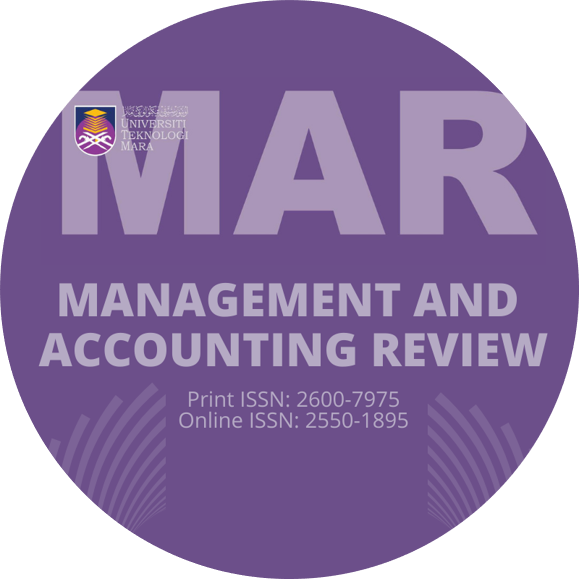Volume 21 No. 3, December 2022
ARTICLE INFO
Article History:
Received: 13 August 2022
Accepted: 30 September 2022
Available online: 01 December 2022
https://doi.org/10.24191/MAR.V21i03-05
TAX INCENTIVE RECIPIENT FIRM CHARACTERISTICS AND PERFORMANCE WITHIN MALAYSIAN SMALL AND MEDIUM FIRMS
Salsiah Mohd Ali1♣, Mariati Norhashim2 and Nahariah Jaffar3
1Faculty of Accountancy, Universiti Teknologi Mara,Cawangan Selangor, Campus Puncak Alam Selangor, Malaysia
2Faculty of Management, Multimedia University, Cyberjaya Malaysia,
3School of Economics and Management, Xiamen University, Sepang, Malaysia
Policymakers can stimulate economic sustainability through tax incentives. However, what qualifies firms as recipients of tax incentives and what motivates them to apply for tax incentives is still up for debate. Investment may not be effectively encouraged by tax incentives. This is because investments might lead to write-downs and cash flow constraints. This study assessed characteristics of firms receiving tax benefits (TR companies). This is the first study to compare them, as TR-status are not always observable. Our analysis demonstrates that the change in prior-year assets and profits is significantly different for TR companies than non-recipients (non- TR companies). In the year that TR companies received tax incentives, their expenditures increased. Nonetheless, since the overall tax burden is computed using the effective tax rate (ETR), and the ETR may also be the result of tax avoidance without tax incentives, the profit performance of TR firms in relation to the utilization of tax incentives was not evident. Additionally, changes in profit performance did not appear to have played a significant influence on the authority's tax incentive decisions. Our findings could assist policymakers evaluate tax incentives as fiscal tools for economic viability.
Keywords: Tax incentives, Firm’s characteristics, Effective Tax Rate (ETR),Sustainability





